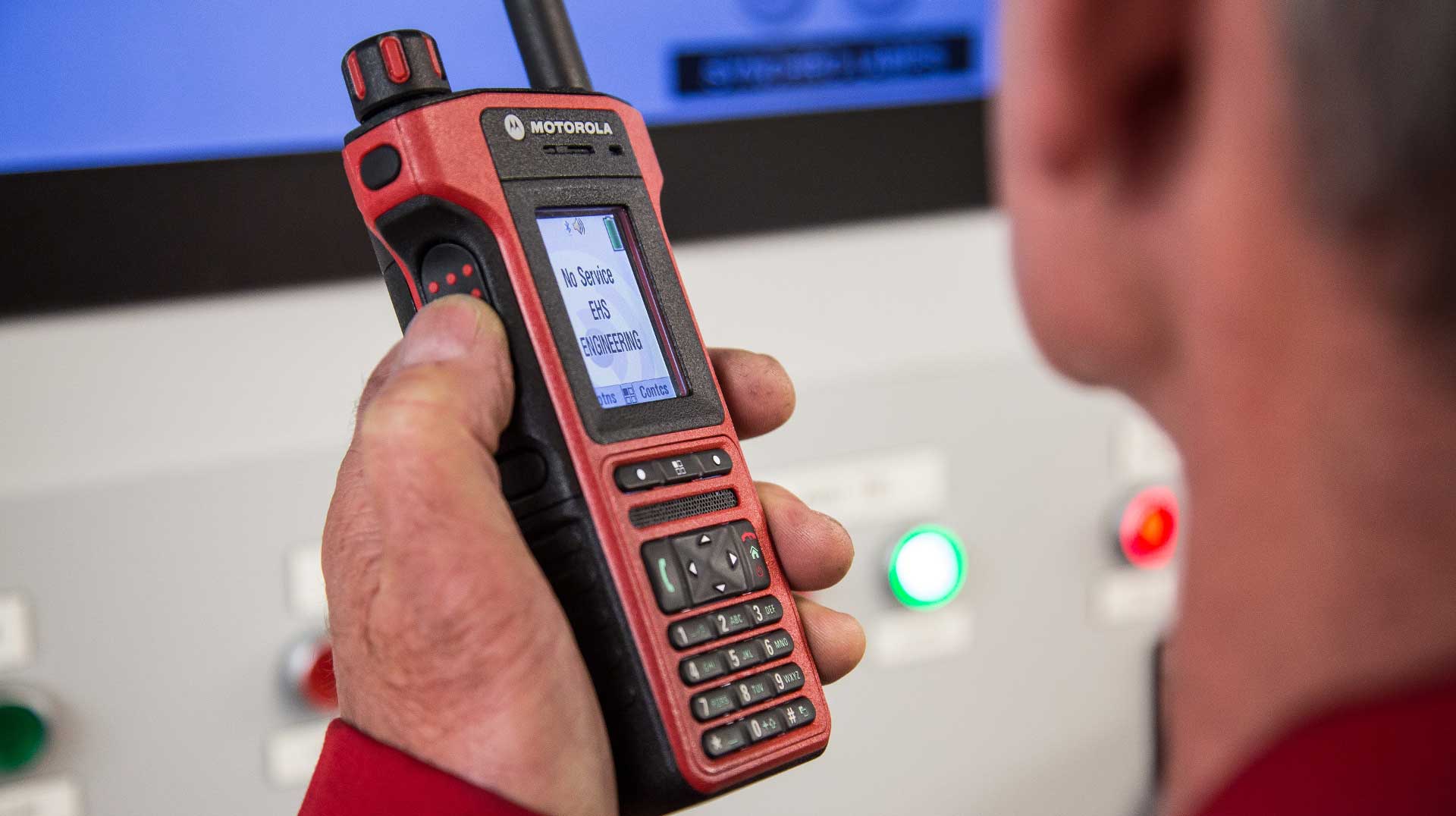We are excited to add VESTA NXT Router, formerly CommandCentral Router, to our 9-1-1 call routing service portfolio. VESTA NXT Router is a multi-cloud, i3-compliant solution, offering not only cloud platform diversity but physical infrastructure redundancy and diversity as well. We discussed some of the benefits of a cloud call routing solution vs. a solution hosted in data centers throughout a region or country with Sam Bard, Director of Product Management for Motorola Solutions’ NGCS (Next Generation Core Services).
———————————————————————————————————————–
Motorola Solutions 9-1-1 call routing serves over 50 million people in North America.
Sold as a subscription service, it includes 9-1-1 call routing, Location Services (ESRP, LDB, ECRF, LVF, SI), ESInet (Emergency Services IP Network), Location Data Management and Quality Assurance, OSP Migration Services, Dedicated Public Safety Network & Security Operations Center, Cyber Response, Logging, Analytics / Visualization.
————————————————————————————————————————-
What is VESTA NXT Router?
Sam Bard: VESTA NXT Router is a multi-cloud, i3-compliant solution for 9-1-1 call routing. It offers both cloud platform and physical infrastructure redundancy and diversity.
What is the primary benefit of a cloud call routing solution?
Sam: Faster and more efficient realization of Next Generation 9-1-1 features, functionality, and capabilities, both upon initial deployment and across service life cycle.
What are the customer benefits of cloud call routing?
Sam: Customers benefit from improved resiliency, security posture, and a more efficient and secure way to implement new functionality in a shorter timeframe from testing through configuration and turn-up due to centralized automation. It’s faster and less disruptive, and not constrained by physical hardware and data center forklift lifecycles.
How is cloud call routing different from traditional hardware maintenance?
Sam: With a cloud-native system, perpetual state-of-the-art compute technologies and more powerful, intelligent computing can be leveraged. More sophisticated, intelligent applications and machine learning can monitor behaviors, establish a baseline for normal activity, and identify and react to abnormal or performance threatening activity or situations. This helps monitor the health of the services and improve availability and continuity of 9-1-1 operations.
What is unique about the architecture of the VESTA NXT Router?
Sam: VESTA NXT Router uses a multi-cloud, microservices-based architecture, where the application is divided into smaller, independently deployable services, rather than a traditional “monolithic” structure.
What is the benefit of multi-cloud, microservices-based architecture?
Sam: Our multi-cloud strategy protects your services from outages and design flaws that can happen with a single cloud provider, or even a specific part of a service. This approach boosts uptime, ensures smoother operations, and allows us to quickly roll out new features, fix bugs, and implement solutions for you. For 9-1-1 agencies, this means diverse technology and continuous access to the latest advancements without needing major, disruptive updates.
How do these benefits translate to VESTA NXT Router?
Sam: Our use of diverse cloud providers means our service is provider-agnostic, ensuring both diversity and resilience. If a given cloud provider experiences a service event, your service remains available. This approach also lets us leverage the best and emerging features from each provider as they evolve. Subscribing 9-1-1 authorities and PSAPs won’t have to worry about server hardware lifecycles or isolated data center damage. Plus, VESTA NXT Router is a fully virtualized architecture that can be operated from multiple physical locations in real-time within the cloud provider’s infrastructure as operational needs change.
Is adding capacity easier in the cloud environment?
Sam: Yes. Adding capacity is soft provisioning effort (keyboard strokes), rather than requiring physical hardware augmentation and associated onsite staff work in a physical data center.
How does resiliency differ in the cloud environment compared to traditional data center models?
Sam: In a traditional data center, your systems are housed in one physical location. If a major event like a severe weather incident affects that area, your services could go down. With cloud computing, your services are highly resilient and distributed. This means if a problem occurs in one part of the country, your critical operations are automatically and seamlessly processed in unaffected regions across the country.
Does the cloud offer a more secure environment?
Sam: Cloud environments are built with layers of security on a massive scale that make them inherently more robust against threats like Denial-of-Service (DoS) attacks. These attacks try to overwhelm a system with traffic. Essentially, cloud environments are designed from the ground up to withstand challenges and keep your services running, offering a level of continuous availability and protection that’s very difficult and costly to achieve in a single or even multiple regional traditional data centers.
Thank you Sam. We know a lot more about cloud call routing now!
For more information on NG9-1-1 call routing, visit these blogs:
Location-based routing: the FCC Report and Order
Delivering call based on location
Improving response: NG9-1-1 interagency communication
For more information on Motorola Solutions cloud 9-1-1 call routing, visit: www.motorolasolutions.com/callrouting.




